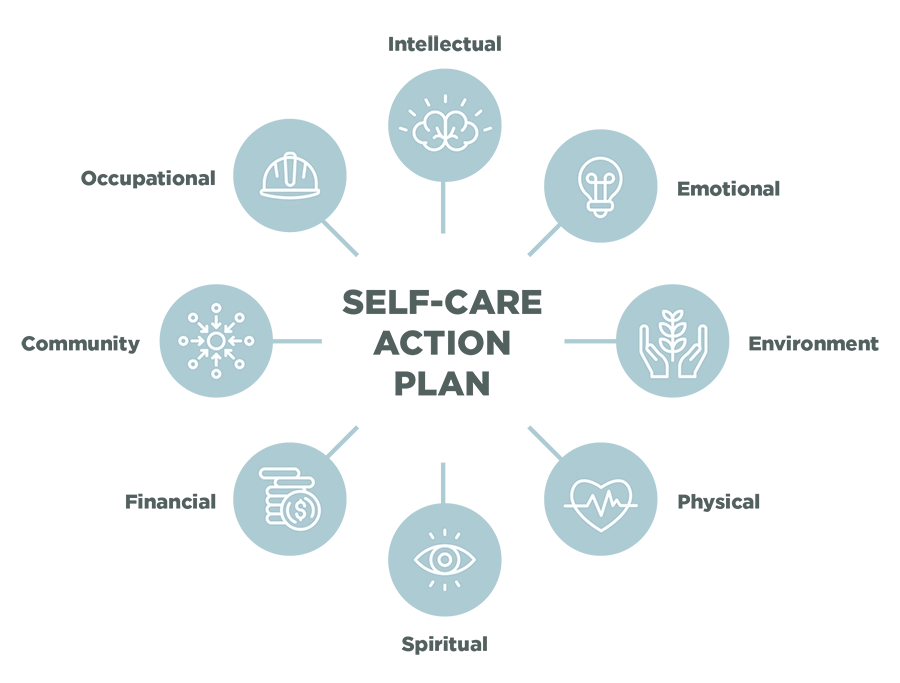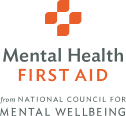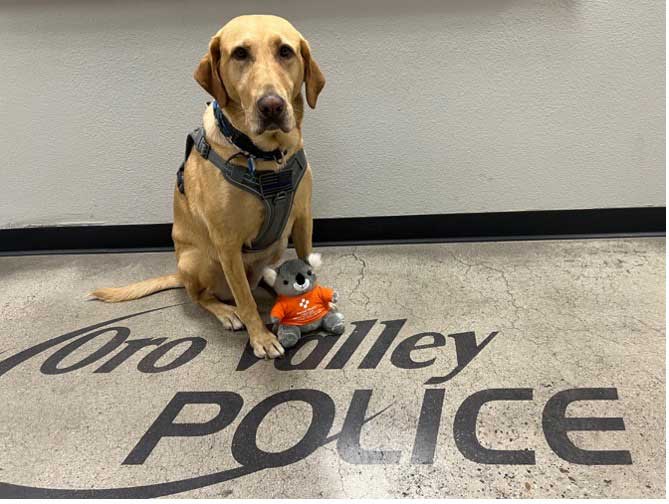Mental health is a core component of our health. When you prioritize your own mental health and wellbeing, it opens opportunities to focus on the wellbeing of your family, friends, communities and organizations.
What Is Mental Wellbeing?
Mental wellbeing is a state of thriving. It is the foundation of living a strong, healthy and fulfilling life. Mental wellbeing is achievable for everyone — including individuals living with or recovering from a mental health or substance use challenge.
Key Mental Health Facts
- More than 1 in 5 U.S. adults experience mental illness each year (SAMHSA).
- More than 1 in 20 U.S. adults experience serious mental illness each year (SAMHSA).
- More than 1 in 7 U.S. youth ages 6-17 experience a mental health disorder each year (JAMA).
- 50% of all lifetime mental illness begins by age 14, and 75% by age 24 (JAMA).
- Suicide is the 2nd leading cause of death among people ages 10-24 (NAMI).
Domains of Mental Wellbeing
Achieving mental wellbeing is an ongoing practice — you won’t get there from just reading a blog post! One helpful way to visualize this state of thriving for yourself is through the domains of wellbeing.
As explored in the following, the domains of mental wellbeing are deeply interconnected. Each domain influences and supports the others to create a balanced, holistic sense of health. While you’re probably already investing in some of these domains, consider how you can incorporate others to find a balance and self-care action plan that works for you.

Intellectual wellbeing: This domain is about encouraging curiosity, lifelong learning and mental agility. Healthy intellectual wellbeing will support your emotional resilience. It will enhance occupational success and foster meaningful community engagement and spiritual growth.
Emotional wellbeing: While this domain is about understanding and managing your emotions, it’s important to recognize how it is foundational to our relationships and community wellbeing. Emotional wellbeing can impact our work, physical wellbeing and financial decision-making.
Environmental wellbeing: Our environment affects our physical and emotional health. Having safe, clean surroundings can reduce stress, improve focus and support our intellectual and occupational performance.
Physical wellbeing: Whether it’s going to the gym, walking the dog or practicing yoga, there are different ways to prioritize our physical wellbeing. This domain underpins all the others. It affects our mood, our cognitive functioning, our capacity to work and have social interaction, and it affects how we show up as part of our communities.
Spiritual wellbeing: Something that is often overlooked in mental wellbeing is spiritual wellbeing. And though it can involve religion, it is more about providing yourself with a sense of purpose and values. These help ground us in the choices we make in all the other domains.
Financial wellbeing: Financial wellbeing is about being able to access the things we need, like health care and education. Our feelings around financial stability or stress affect how we participate in our communities and other domains.
Community wellbeing: Community wellbeing is crucial for nurturing a sense of belonging. Social support is key for protecting your emotional wellbeing, and community involvement can inspire your spiritual purposes and values. Community can also offer networks to enhance occupational and financial opportunities.
Occupational wellbeing: Occupational wellbeing isn’t just about having a job, consistency and structure. It’s also the purpose you find in what you do every day. Occupational wellbeing influences our sense of satisfaction, financial security and even opportunities to grow intellectually and in our social circles.
Together, these domains form a web of support. Strengthening one area in this web will positively influence the others, so exploring the practices that work best for you is key for your mental health. Finally, it’s important to remember that this web doesn’t stay still. It will shift and grow with you as you adapt to change, challenges and successes.
Practical Strategies for Mental Wellbeing
Self-care techniques: meditating, practicing mindfulness, exercising and engaging in healthy sleep habits
Stress management: practicing breathing exercises, time management and boundary-setting
Social connections: building supportive relationships and fostering community involvement
Workplace wellbeing: creating a positive environment, promoting mental health resources and supporting work-life balance
It’s understandable that knowing where to start for practicing mental wellbeing — or finding the time and space to do so — may seem challenging. While everyone has different needs, here are four practical areas we recommend starting your mental wellbeing journey:
It’s important to not view these strategies as items to add to your to-do list. Mental wellbeing is something to intentionally bring into each day at your own pace. Incorporating mental wellbeing into your daily life can start with small things, such as:
- Journaling and other methods of creative expression, or practicing morning mindfulness
- Taking mental health breaks throughout the day
- Checking in with friends, family and coworkers
- Engaging in physical activities
- Practicing gratitude and positive thinking
Mental wellbeing is not a goal achieved in a small amount of time — it’s something that grows from everyday practice and care. Finding the strategies that work for you to balance your web of support can help you strengthen your relationships, productivity, and physical and emotional health.
Resources
The following outlines resources available to support you in your mental wellbeing journey.
Internal resources: employee assistance programs, wellness programs, mental health benefits
External resources: mental health hotlines, online therapy services, local community support organizations (e.g., 988 Lifeline, Anxiety and Depression Association of America)
Apps and tools: meditation apps, mental health tracking apps, and mindfulness resources (e.g., Calm, Headspace, Mindshift)
Learning opportunities: attending and offering training sessions for leadership, coaches, community/family members and employees on mental health and wellbeing resources like Mental Health First Aid.
Mental Health First Aid
Mental Health First Aid (MHFA) is a course that teaches organizations, workplaces and communities how to identify, understand and respond to signs of mental health and substance use challenges. Over 4.5 million people have already become certified Mental Health First Aiders.
Find a Training
To find a training or Instructor near you, enter your location.
Train a group in MHFA
Want to take the next step in helping bring mental wellbeing to your community or organization? Get your team certified through MHFA Instructor Training for Organizations. Help make mental wellbeing a reality for all and train the next 4.5 million.



